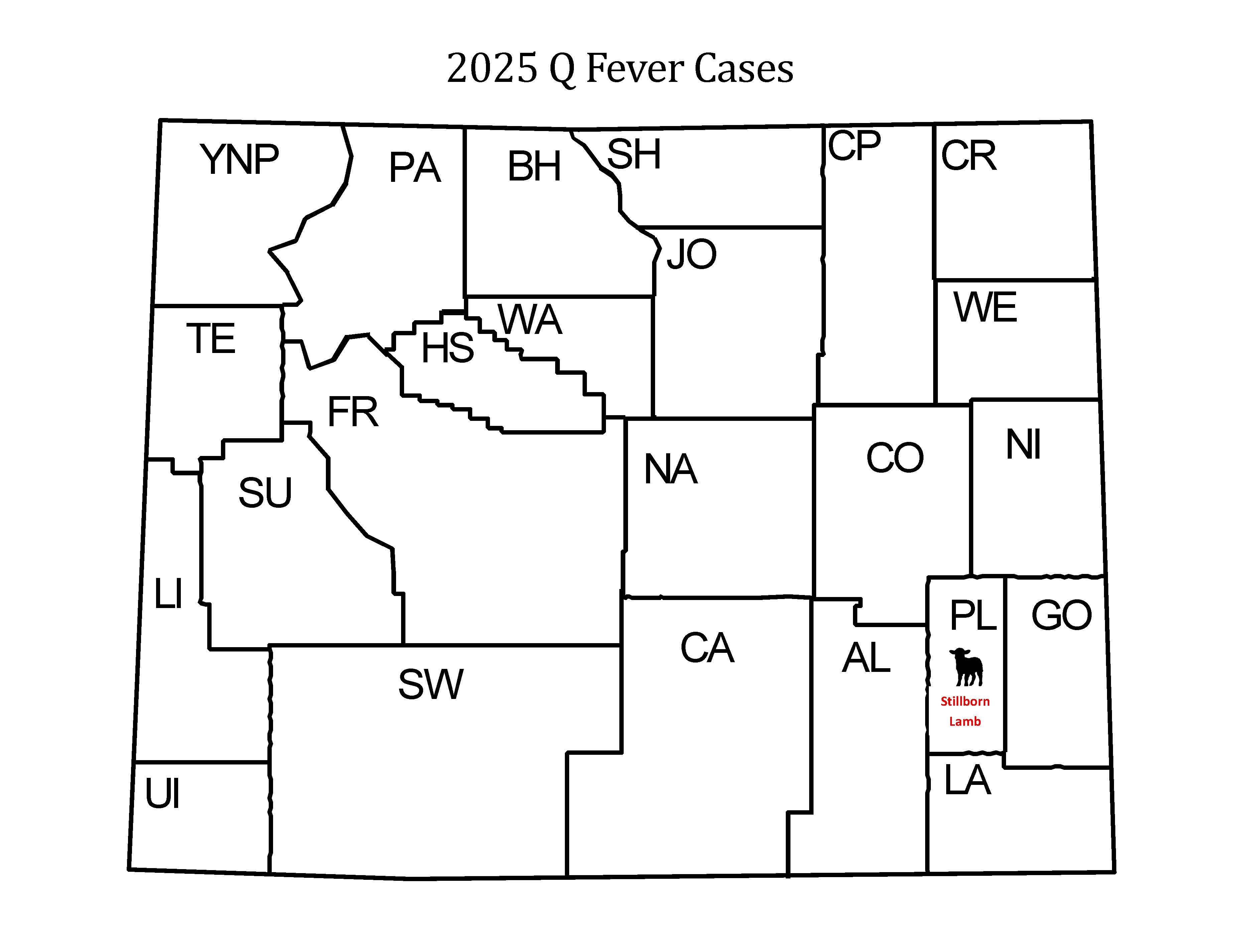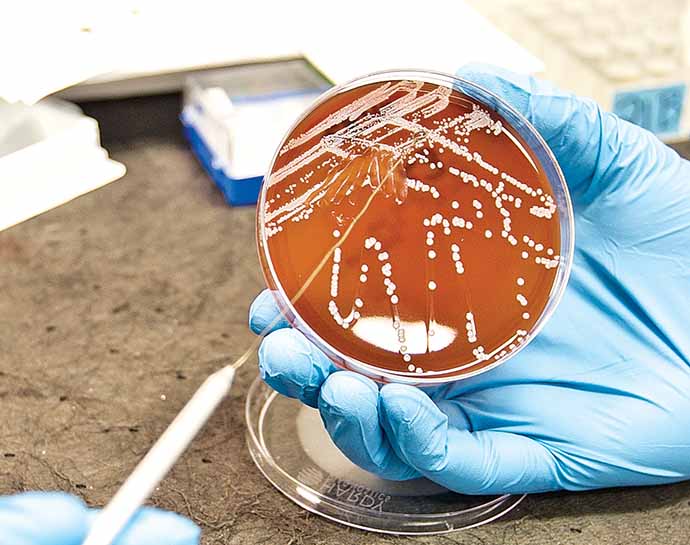Laboratory Testing updates
- Check out our new Panel Testing options!
- Beginning May 12th WSVL will be adding a $50.00 charge to all out-of-state rabies submissions. All in-state testing will remain free of charge. Please contact the lab at vetrec@uwyo.edu with questions.
- We are now offering Caprine Arthritis Encephalitis Virus (CAEV) PCR testing.
- Ear notches must be received by the WSVL within 72 hours of collection and be in individual,
dry 10ml red top tubes to be considered valid for testing. Ear notches received outside
of this time frame may instead be tested by the BVDV ELISA. Ear notches received in
other tube types will incur a $2.00 handling fee per ear notch. Please call the Virology
section at 766-9933 before collecting samples if you will have concerns about meeting
these requirements.
Announcements
Below is a detailed schedule of WSVL hours and services, and some additional information for testing over the upcoming holidays.
- WSVL Holiday Schedule
- Thursday, December 18th: Last day to ship samples to WSVL. This should ensure your packages are received no later than Tuesday, December 23rd.
- Monday, December 22nd and Tuesday December 23rd: Normal WSVL hours and operations
- Wednesday, December 24th-Thursday, January 1st: WSVL CLOSED-No courier packages received ,WSVL dropbox will not be checked
- Friday, January 2nd: Return to normal WSVL hours and operations
- Additional, section specific notifications:
- Diagnostic Serology:
- All serum samples can be received up to Dec 18th for results the following week.
- After the holidays, serum neutralization (S/N) tests can be received starting on January 8th (Thursday).
- For all other Diagnostic Serology tests, we can receive serum starting on Jan 2nd (Friday).
- For Trich testing:
- Mail/ship submissions no later than 12/19
- The last Trich PCR run will occur on 12/23
- Samples received on or after 12/23 will be processed on 1/2/26
- Diagnostic Serology:
Information on Wyoming’s EHV-1 Response
Please visit the Wyoming State Livestock board website for the most current updates on the ongoing multi-state Equine Herpes Virs (EHV-1) outbreak.
Response and testing capacity:
Recommended resources:
Testing results are communicated immediately to our submitters, and positive cases are also immediately reported to the state veterinarian/Wyoming livestock board for follow up.
As of 11/24/2025 there have been no EHV1 positive PCR tests at WSVL since the current outbreak began.
Good to know:
Qfever detected in lamb from platte county
We have diagnosed our first positive Q fever case in Wyoming for 2025. Coxiella burnetii was detected in a stillborn lamb from Platte County, Wyoming.

Please see the CDC website at the link below for more information about Q fever.
Plague Detected in a Prairie Dog in Carbon County
We have diagnosed our first positive plague case in Wyoming for 2025. Plague (Yersinia pestis) was detected in a prairie dog from Carbon County.


